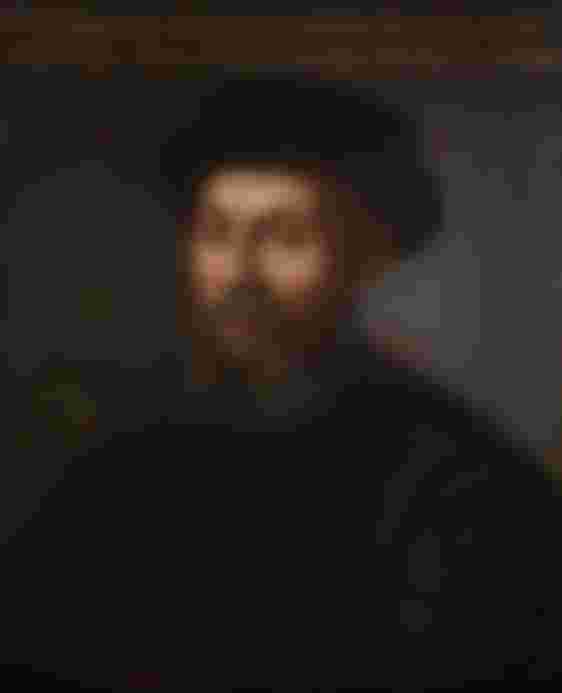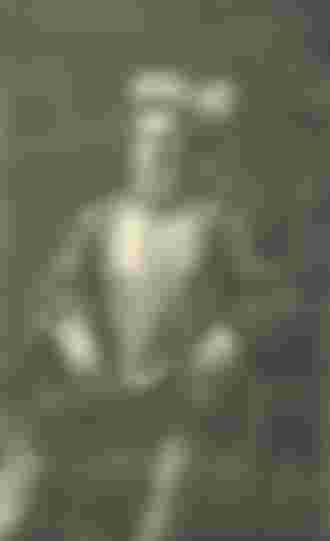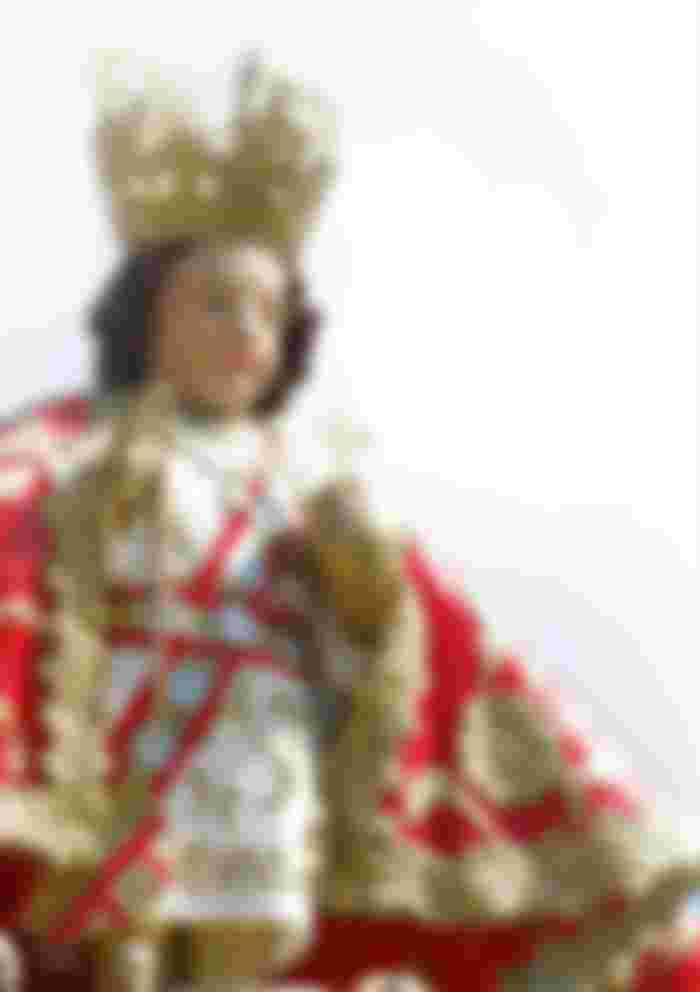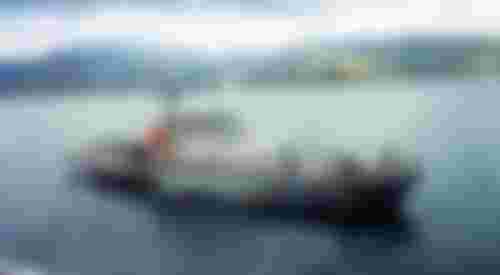Now that Traslacion 2021 is over, another annual tradition is being held on the Island of Visayas, Cebu City. This time no one's going in barefoot, carry the carriage, either touch, or wipe with their face towels & handkerchiefs, or kiss the image.
In this city, they gather for the Feast of Santo Niño de Cebu following a parade of performers which only happens at night before, and at the night of the main festival. For this year's festival and the safety of the devotees, last Friday morning, a mass was organized by the Santo Niño Basilica marking it as the start of their festivities. All attendees followed the safety protocols ensuring everyone wears their face protection and maintaining their distance from other people.
History of Santo Niño de Cebu

Ferdinand Magellan was tasked to circumnavigate the globe under King Charles V of Spain. With his exploration on March 1521, a month later (April 7, 1521), the explorers landed at Limasawa, Southern Leyte. From there, he befriends Raja Kulambu, Rajah Humabon, and his wife, Hara Humamay. 7 days later (April 14, 1521) Ferdinand presented them with 3 gifts in exchange for a strategic alliance, and territorial conquest: the Ivory Bust of Jesus, an image of the Blessed Virgin Mary and the image of Santo Niño de Cebu. So with this, Humabon converted his religious views to Catholicism, and took the name Carlos (after Charles V), while Humamay was named Juana (after Joana of Castille).

On April 27, 1521, Ferdinand died in Mactan since the explorers failed to capture the island and were well-defended by the local chieftain Lapu-Lapu. After Magellan's death, his colleagues left and continued to navigate the world. Magellan was struck by a bamboo spear, was surrounded, and finished off with other weapons.

44 years later (April 27, 1565), Miguel Lopez de Legazpi led a new expedition and gain a foothold to trade with spices. He wants it to be peaceful, but these efforts were rejected. He opened fire and burnt the coastal town, 1500 homes were destroyed and 500 people died. From the ruins of the destruction, a Spanish mariner named Juan Camus found the image of Santo Niño in a pine box. Legend says the image's survival was seen as a miracle. Up to this day, the statue of Santo Niño is believed to be miraculous. The Santo Niño de Cebu is the oldest Catholic artifact in the Philippines. It is based on St. Teresa of Avila's vision and it was produced by the Flemish artisans.
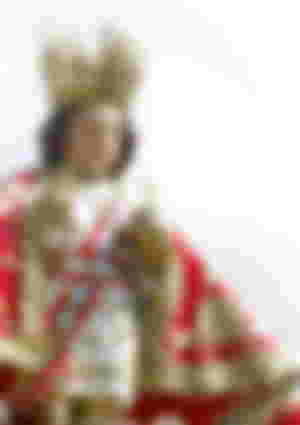
The image was also given military honors. During the colonization of the Spaniards, they gave the title of Celentísimo Capitán General de las Esfuerzas Españolas en Filipinas (translates to The Most Esteemed Captain-General of the Spanish Forces in the Philippines), until there were changes through the years with the military title, so they dropped Españolas and it is simply called as Celentísimo Capitán General de las Esfuerzas en Filipinas (Most Esteemed Captain-General of the Forces in the Philippines). The Philippine Navy gave the title Lord Admiral of the Sea during its 446th anniversary last 2011, and taken aboard the BRP General Emilio Aguinaldo for a fluvial parade, marking its naval ensign bearing its coat-of-arms flown by a Filipino naval vessel.

Sinulog, on the other hand, came from the Cebuano adverb sulog (translates to the water's current movement) which describes its forward-backward movements. It is a ritual prayer-dance honoring Santo Nino de Cebu where dancers sway to the rhythm of the drums by 2 steps forward and one step backward. It commemorates the Visayan's acceptance at that time to Catholicism and their rejection of their former beliefs.
How does this yearly tradition work?
It starts on Thursday after Epiphany. The celebration starts with a dawn procession where the image is roamed around the streets followed by the eucharistic celebration which lasts for 9 days. On the last day of the novena, another procession is held, the image of Nuestra Señora de Guadalupe de Cebú will be brought to Santo Niño Basilica. After the procession, it will stay for a while in the Basilica. Then, both images are brought to the National Shrine of St. Joseph in Mandaue City to be reunited with the icon of the church's namesake, thus forming the Holy Family.
The day before the feast, both images are brought back to Cebu City in a fluvial procession that concludes a reenactment of the first Mass and baptism in the islands, followed by a grand solemn foot procession in the afternoon, culminating in a eucharistic mass celebrated by bishops and priests. The grand Sinulog Festival is then held on the following Sunday.
What will happen for this year's Sinulog-Santo Niño Festival?
All physical activities were canceled. No processions, street dancing parades, and no grand showdowns since the country is still prone to the coronavirus. However, novena masses will be held in Santo Niño Basilica and other neighboring parishes will observe the celebration rites. Performances will be televised on the 17th of January. No need to go outside to watch it, so all performances will be recorded, edited, and will be shown on TV and online live-stream. For the full schedule of the Sinulog-Santo Niño festival, click/tap here to read more.
Sources:
Lead Image from https://en.wikipedia.org/wiki/Sinulog
https://www.rappler.com/nation/all-physical-events-canceled-sinulog-2021
